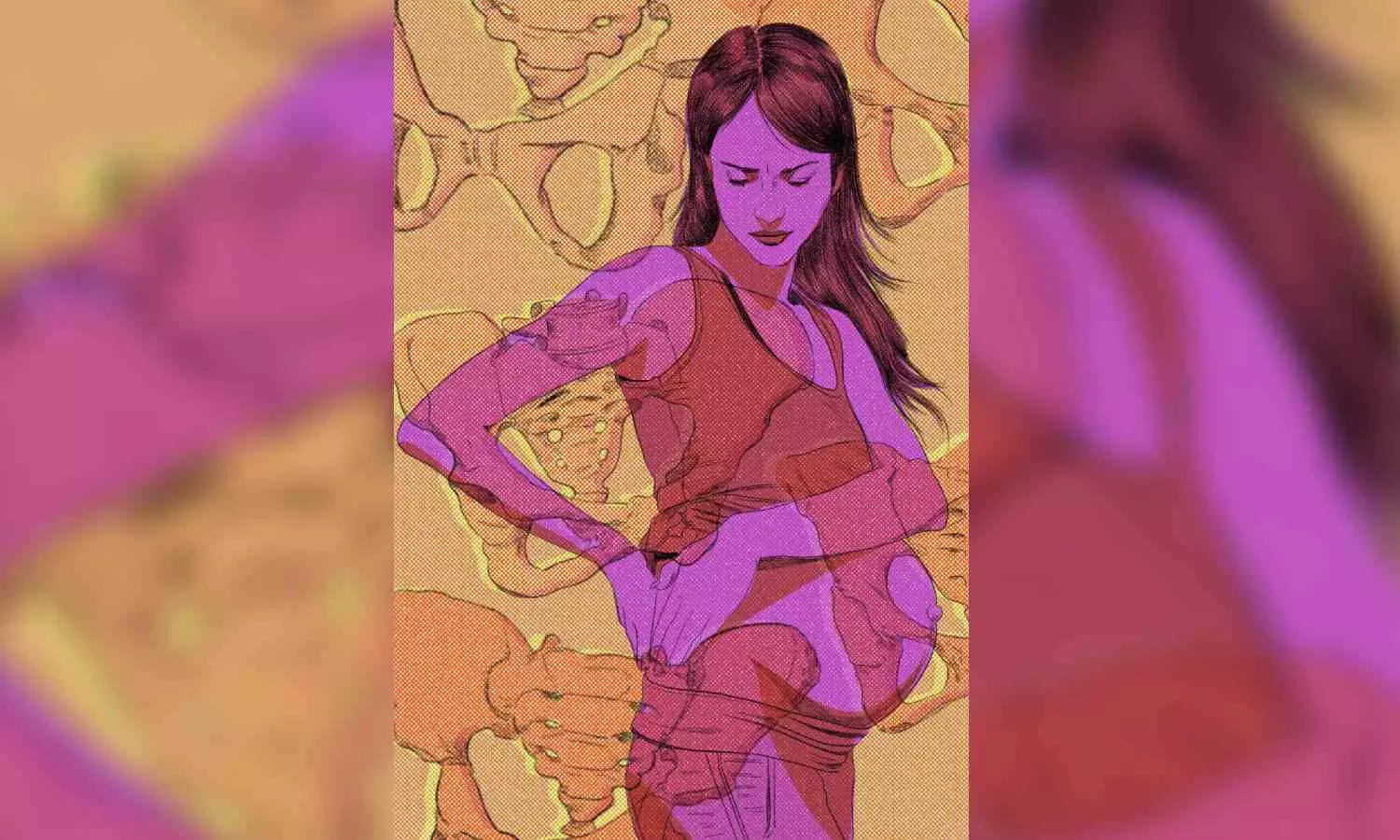The Human Cycle: A theory of childbirth’s evolution: Not what you’re expecting
And babies with big heads could get stuck in a tight birth canal during delivery, threatening the lives of mothers and babies alike.;

File Photo
NEW YORK: It’s a question on every new parent’s exhausted mind: Why are babies born so helpless? In 1960, an American anthropologist laid out an influential explanation rooted in human evolution. As our early ancestors began walking upright, Sherwood Washburn argued in 1960, they evolved a narrower pelvis to make walking long distances more efficient. At the same time, those hominins were evolving larger brains. And babies with big heads could get stuck in a tight birth canal during delivery, threatening the lives of mothers and babies alike.
According to Washburn, evolution dealt with this “obstetrical dilemma,” as he called it, by shortening pregnancies, so that women delivered babies before the infant brain was done growing. Washburn’s theory was hugely influential and became a common lesson in biology classes. “Sapiens: A Brief History of Humankind,” a 2011 bestselling book, presented the obstetrical dilemma as fact. Many researchers still embrace it.
But a detailed review of the evidence, slated to be published soon in the journal Evolutionary Anthropology, threw cold water on the idea. In the review, Anna Warrener, a biological anthropologist at the University of Colorado, Denver, argued that evidence to date did not offer strong support for the obstetrical dilemma, and that scientists had not paid enough attention to possible alternatives. What’s more, the scientist said, the idea sends a pernicious message to women that pregnancy is inherently dangerous.
“It perpetuates a narrative of bodily incompetence,” Warrener said. In graduate school, Warrener did not see any reason to doubt the obstetrical dilemma. For her dissertation, she investigated one of Washburn’s key assumptions — that women walk less efficiently than men do because their pelvis is wider for childbirth. But in 2015, after studying volunteers walking on treadmills, Warrener found that having a wider pelvis did not create a bigger demand for oxygen.
“The data came in, and I was like, ‘Wait a minute — I may have gotten some of the story wrong,’” she recalled. Holly Dunsworth, a biological anthropologist now at the University of Rhode Island, also became disenchanted with the obstetrical dilemma when she took a close look at the evidence. “I was scandalised,” she said.
In 2012, she and her colleagues published a study on the length of pregnancies in humans and other primates. They found that, in general, bigger primates tended to have longer pregnancies than smaller ones. For their size, humans don’t have shortened pregnancies. If anything, human pregnancies are longer than one would predict for primates of their size.
Since then, Dunsworth has become a strong critic of the obstetrical dilemma, arguing that the timing of childbirth is determined by the size of babies’ bodies, not their heads. The birthing process begins when a foetus demands more energy than a mother’s body can provide, she proposes. “We’re giving birth to massive babies,” she said. Other scientists, however, have come to the theory’s defense, while admitting that its original conception was overly simplistic.

